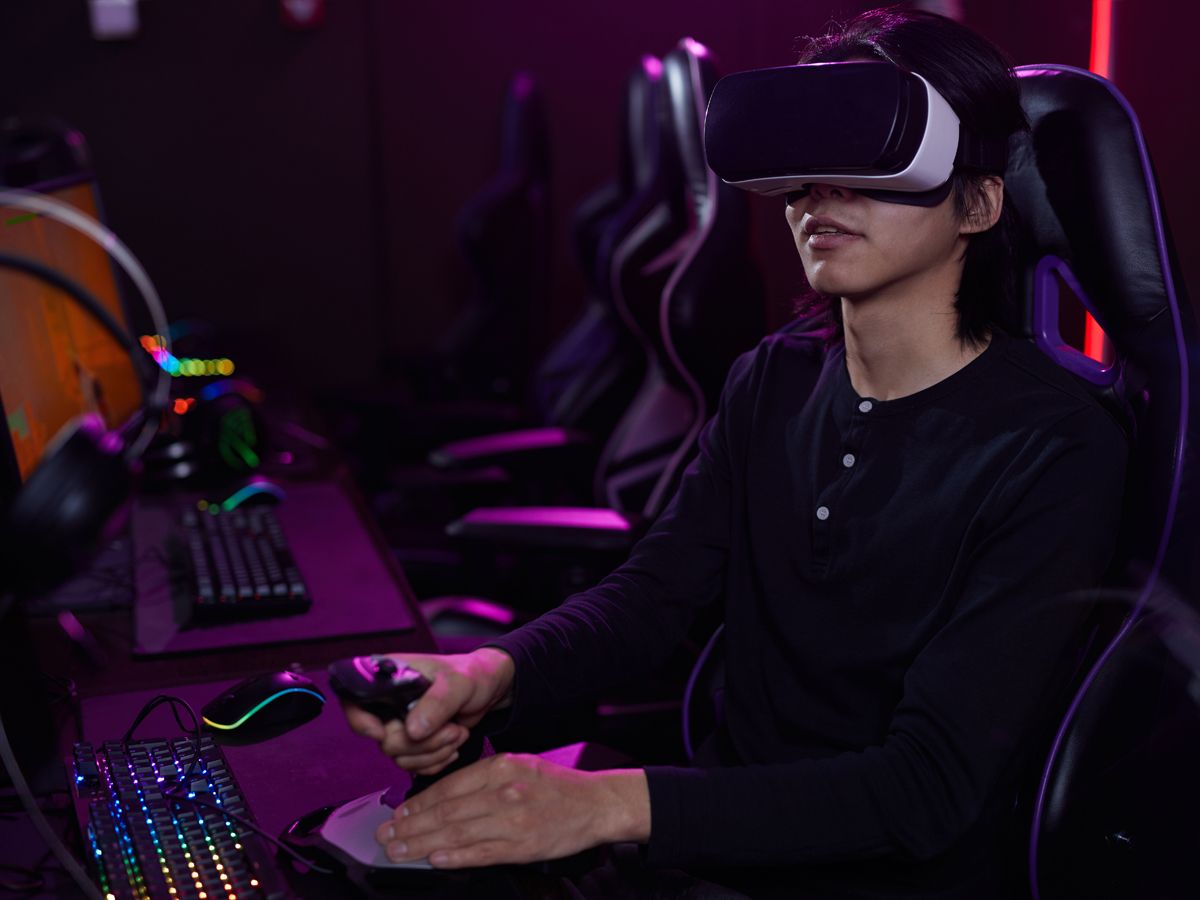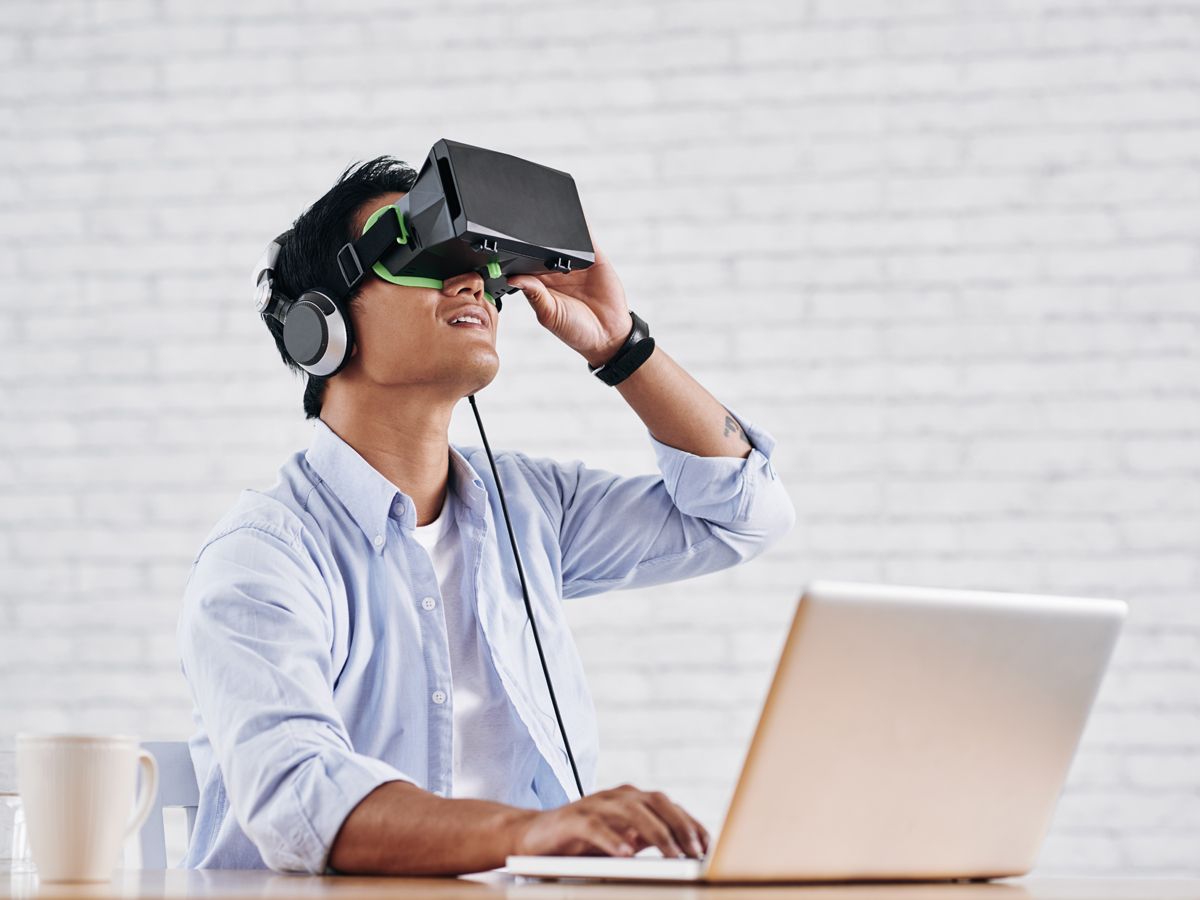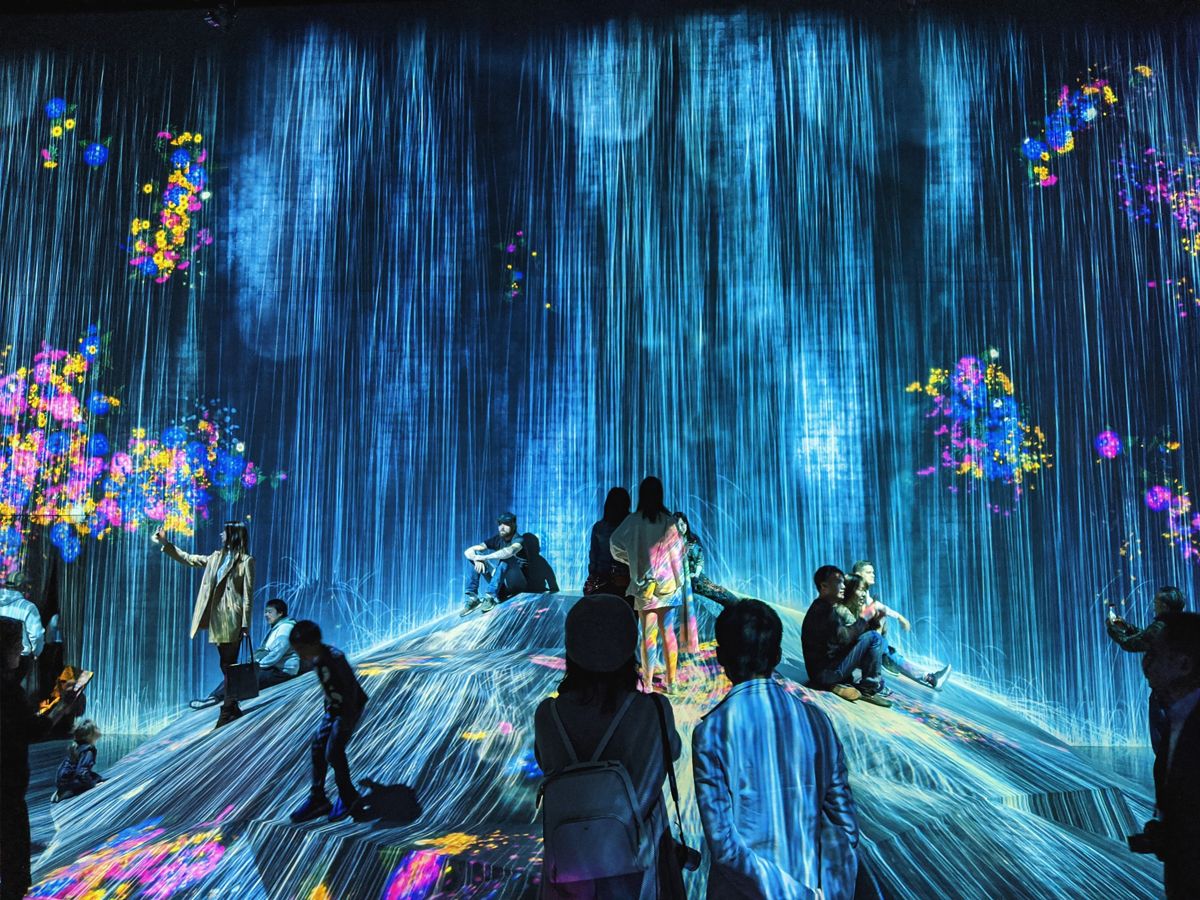 📅 Dec 06, 2021
📅 Dec 06, 2021
VR is trending in the gaming industry with new and exciting ways to experience games. Virtual Reality (VR) takes players out of their living room into another world where they can truly feel like they are there!
This VR business is continuing to grow. Major firms like Facebook, Google, and Microsoft are entering the sector. Sony, Samsung, Apple, and HTC are developing new VR devices to make VR hardware more accessible to the general public.
In this blog post let’s understand VR Game development and its requirements better.
What Is a Virtual Reality Game?
Virtual reality or VR game is an immersive experience, where the player can interact with elements in the world. This is typically accomplished by using a VR headset and goggles, which are commonly found on gaming systems such as the Oculus Rift or PlayStation VR.
VR game development is process based skill one will need to learn computer programming and VR development for choosing this as career path.
If you learn to make a game that can be played on a desktop PC, laptop, mobile phone, or tablet, you can sell it through app stores or even Steam.
How much does it cost to develop a VR game?
If you're looking to get into professional virtual reality gaming, the cost will probably be anywhere from $10k to $300K. This is an extensive range, as it greatly depends on the type of game you want to make, the level of graphics and animation required, and many other factors.
The cost also depends on your time to invest in developing a VR game. If you decide to do this as a side project on your own, it will likely be less expensive than hiring a team of developers. However, the time commitment will be higher.
How to Become a VR Game Developer
Although there is no specific training, you can work as a virtual reality game developer if you have:
- Experience in programming and developing with C and C++
- Experience with Unity (game engine) or Unreal (game engine).
- Experience with 3D rendering techniques such as BSP, MVC, and ray tracing is required.
- Particular expertise in how VR hardware operates.
What Does a VR Game Developer Do?
A VR game developer is responsible for the programming and developing virtual reality games and experiences. They work with the Unity or Unreal game engines to create code that brings 3D environments to life. In addition, they may be required to have a domain experience in 3D rendering techniques such as BSP, MVC, and ray tracing.
What Tools Do I Need to Work as a VR Game Developer?
To work as a VR game developer, you will need access to a virtual reality headset, such as the Oculus Rift or PlayStation VR. In addition, you will need software for 3D modelling, rendering, and video editing. Finally, you will need a PC or laptop that meets the requirements for VR games.
How to Start with VR Game Development
The best way to start with VR game development is by coming up with a new game concept on your own. This can be done by brainstorming with friends, family, or others in the gaming industry. You can also look at what’s popular in the VR world and try to develop a game that offers a unique experience. Once you have a concept, you can start working on the design and programming for the game.
It would be best if you found answers to these and similar questions.
- Who are the people you want to reach out to?
- What "WOW" moments does your game provide?
- What emotions does your game elicit in players?
- Why should you use VR in your game?
Tips to Start with VR Game Development
Step One: Select a Platform
The first step in VR game development is to choose the platform where you want to work first. There are a few different platforms to choose from, each with its strengths and weaknesses.
PC-based VR platforms like the HTC Vive and Oculus Rift offer the most immersive experiences, requiring expensive hardware. Mobile VR platforms like the Samsung Gear VR and Google Daydream are more affordable, offering a less immersive experience.
Choosing the right platform is essential as it will determine the type of game you can create. If you want to make a highly immersive VR game, you'll need to develop a PC-based VR platform. If you want to create a more affordable VR game, you'll need to design for a mobile VR platform.
Step Two: Choose the Game Type.
The next step is to choose the type of game you want to create. There are several different types of VR games, each with its strengths and weaknesses.
First-person VR games are the most immersive, as they place the player in the game world. However, they can be more challenging to develop as they require more advanced 3D graphics and physics.
Third-person VR games are less immersive than first-person VR games, but they are easier to develop and can be more fun to play. They are a good option for developers who want to create a VR game that is more accessible to a broader audience.
Step Three: Choose the Game Engine
The next step is to choose the game engine you want to use. Several different game engines are available, each with its strengths and weaknesses.
Unity is a popular game engine that offers a wide range of features. It is easy to use and has a large community of developers.
Unreal Engine is another popular game engine that offers advanced features and powerful tools. It is more difficult to use than Unity, but it provides more flexibility and control.
Choosing the right game engine is essential, as it will determine the features your game can have. If you want to create a highly customizable VR game, you'll need to use a more advanced game engine.
Step 4: Begin Developing Your Game
After you've chosen the platform, type of game, and game engine you'll be using for development, it's time to start developing your game. This process will be different for each developer, as everyone has their preferred way of working.
However, there are a few tips that can help you get started:
Start by creating the basic structure of your game. This includes the menus, the scoring system, levels, and layers.
- Use textures and colors to create a visually appealing game.
- Design the sounds and music of your game to make it more immersive and exciting.
- Add VR-specific features like physics, locomotion, and interactions with objects.
- Test Your Game and Make Improvements
- After you've created your primary game, test it to make sure it works as intended. If there are any issues, you'll need to go back and make changes. This process is known as "iterative game development."
- Once your game works well enough to play, add the finishing touches.
- Start testing your game again to see if there are any bugs or issues that need fixing.
- Polish your game until it is ready for release.
Game research and development
Game development has its quirks. It's an excellent idea to beta-test the game frequently. Start with a very basic prototype (MVP) to ensure it is appealing to players. After each development iteration, you may get player feedback, which can help improve the game.
Validate design assumptions with users by watching how they interact with your game prototype. Doing this type of research can also help you identify new opportunities for your game.
Game programming includes a variety of testing and practical implementation to ensure that the game is successful. Game technology refers to developing quickly with a focus on the functional and technical performance of the game.
Now and then, a new technical or design problem arises for any given game platform or VR hardware. Developers must remain on top of the most cutting-edge VR game creation technologies while developing a new game.
Another advantage of working with a professional software development firm is that they keep up with changing trends and stay on top.
Publishing
One of the most critical steps in making your game is publishing it to a market where players can find and play it.
There are several different ways to publish your game:
- Steam is a popular digital distribution platform for PC games. It offers a wide range of features and a large community of developers.
- The App Store is the best place to publish your game if you want to reach a broad audience of iPhone and iPad users.
- Google Play is the best place to publish your game if you want to reach a broad audience of Android users.
- Oculus Home is the best place to publish your game if you want to reach a broad audience of Oculus Quest and Rift users.
- HTC Viveport: the best place to publish your game if you want to reach a broad audience of HTC Vive users.
- The Microsoft Store is the best place to publish your game if you want to reach a broad audience of Windows 10 users.
Conclusion
VR game development is a challenging process, but it's also a lot of fun.We, here at VRAcademi bring to you the most efficient Unity Game Development Course. 3D game development is a process that requires a proper understanding of basics as well, the manifestation of imagination into Metaverse through the correct use of tools and most importantly the PPT- Programming, Publishing, and Testing.




























